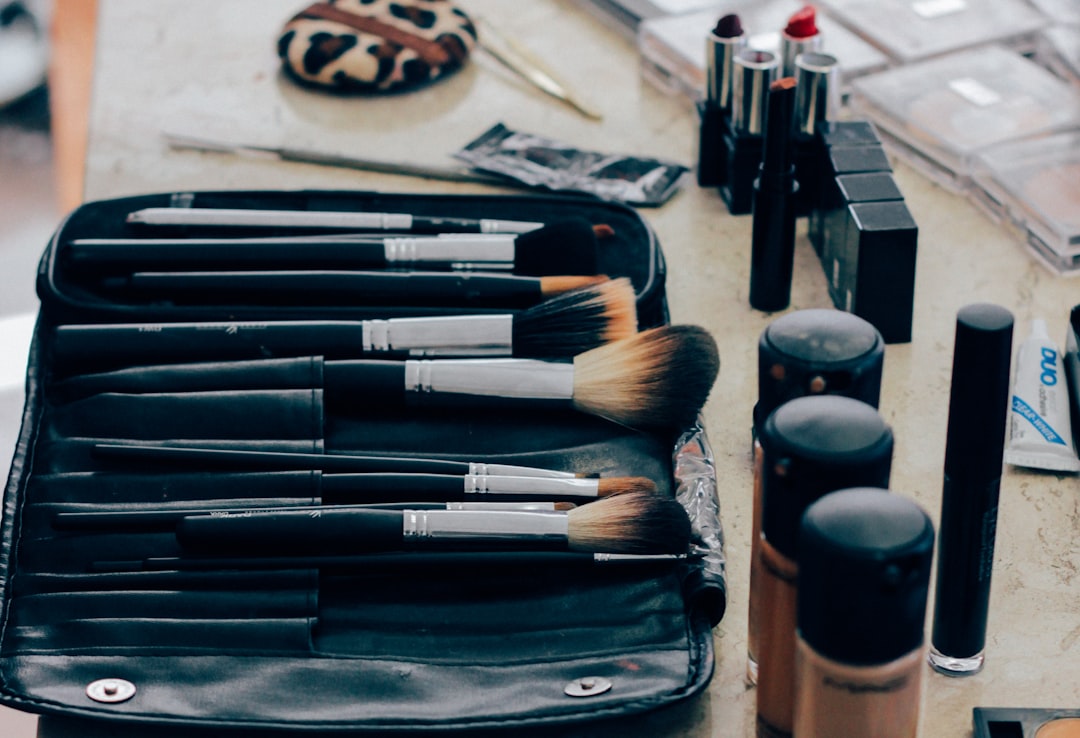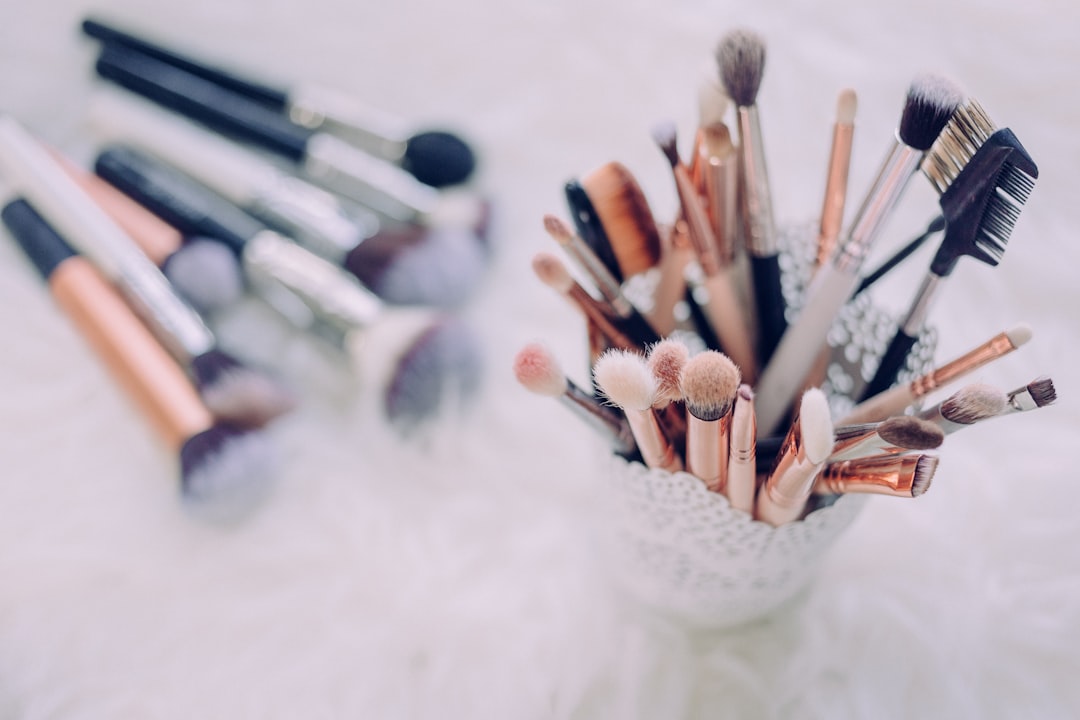In recent years, social media has played an increasingly powerful role in shaping how we perceive ourselves and others. Platforms like Instagram, TikTok, and Snapchat encourage users to present an idealized version of themselves, often made possible through digital filters and editing tools. Among these platforms, Snapchat stands out with its readily available augmented reality filters that smooth skin, alter facial features, and even change eye or lip color in real-time. This has given rise to a controversial and growing phenomenon often referred to as Snapchat Dysmorphia.
But what exactly is Snapchat Dysmorphia, and is it a real mental health concern?
Coined by British cosmetic surgeon Dr. Tijion Esho in 2018, “Snapchat Dysmorphia” describes a growing trend among young people seeking cosmetic procedures to look like their filtered selfies. The concept has garnered attention from medical professionals and psychologists, sparking debate about its legitimacy as a mental health condition and its implications for self-image and mental well-being.

The Roots of Dysmorphia in a Digital Age
Snapchat offers a wide range of face-altering lenses that change one’s appearance in subtle or dramatic ways – thinner noses, brighter eyes, fuller lips, and smooth, blemish-free skin. These filtered images can create a stark contrast between real and virtual appearances, leading some individuals, especially adolescents and young adults, to become dissatisfied with how they look in real life.
This discontent is deeply connected to a psychological disorder known as Body Dysmorphic Disorder (BDD), where individuals obsess over perceived flaws in their appearance—flaws that are often not visible to others. While BDD predates the rise of social media, psychologists now suspect that platforms like Snapchat can exacerbate these symptoms, or even contribute to their development.
Evidence from the Medical Community
A number of health professionals have reported an uptick in patients requesting surgical procedures to replicate the effects of Snapchat filters. A 2018 article in the journal JAMA Facial Plastic Surgery indicated that the ease with which people can alter photos has led to “new standards of beauty” that are unattainable without medical intervention.
Plastic surgeons surveyed by the American Academy of Facial Plastic and Reconstructive Surgery noted a sharp increase in clients citing social media images as inspiration for procedures. This cultural shift reflects a troubling trend where people aim to conform not to celebrity features, as in past decades, but to digitally altered versions of themselves.
Emotional and Psychological Repercussions
Attempting to emulate filtered images can lead to a range of mental health issues, especially in young users. These include:
- Low self-esteem: The gap between one’s real appearance and digitally enhanced version can foster feelings of inadequacy and shame.
- Anxiety and depression: The constant pressure to appear perfect can ease into a cycle of anxiety, self-criticism, and depressive moods.
- Addiction to filters: Some users may become reluctant to share unfiltered photos, leading to a dependence on these tools to feel “beautiful.”
In this context, what may begin as harmless fun with filters can evolve into a serious emotional burden.

Is Snapchat Dysmorphia a Recognized Disorder?
Although not officially recognized as a clinical diagnosis, Snapchat Dysmorphia is increasingly referenced by mental health professionals as a subcategory or modern expression of Body Dysmorphic Disorder. The American Psychiatric Association has not added it to the Diagnostic and Statistical Manual of Mental Disorders (DSM-5), but ongoing studies suggest it shares many hallmarks with BDD.
While statistical data is still emerging, anecdotal evidence from clinics and psychological practices worldwide points toward a troubling trend that health services can no longer ignore. The need for further research and public awareness is paramount.
What Can Be Done?
Combating Snapchat Dysmorphia requires both awareness and action. A combination of strategies can help mitigate the effects of filtered media on self-image:
- Digital literacy education: Teaching young people to recognize and critically evaluate digital images.
- Parental involvement: Encouraging family conversations around self-esteem and media portrayal.
- Mental health support: Access to counseling and support groups for those struggling with self-perception.
- Responsible app development: Platforms can provide disclaimers or limit the use of heavily altering filters.
Professionals also advocate for a return to authenticity on social media platforms. Celebrating diversity in appearance and promoting unfiltered content can foster a healthier digital culture.
Conclusion
While “Snapchat Dysmorphia” may not yet have a formal place in medical textbooks, the psychological and emotional impact of distortion through filters is increasingly evident. As digital tools become more advanced, the line between virtual beauty and real-world identity blurs, leading to challenges that require both personal and societal responses. Recognizing the issue is the first step toward building a healthier, more realistic sense of self in the age of digital perfection.
